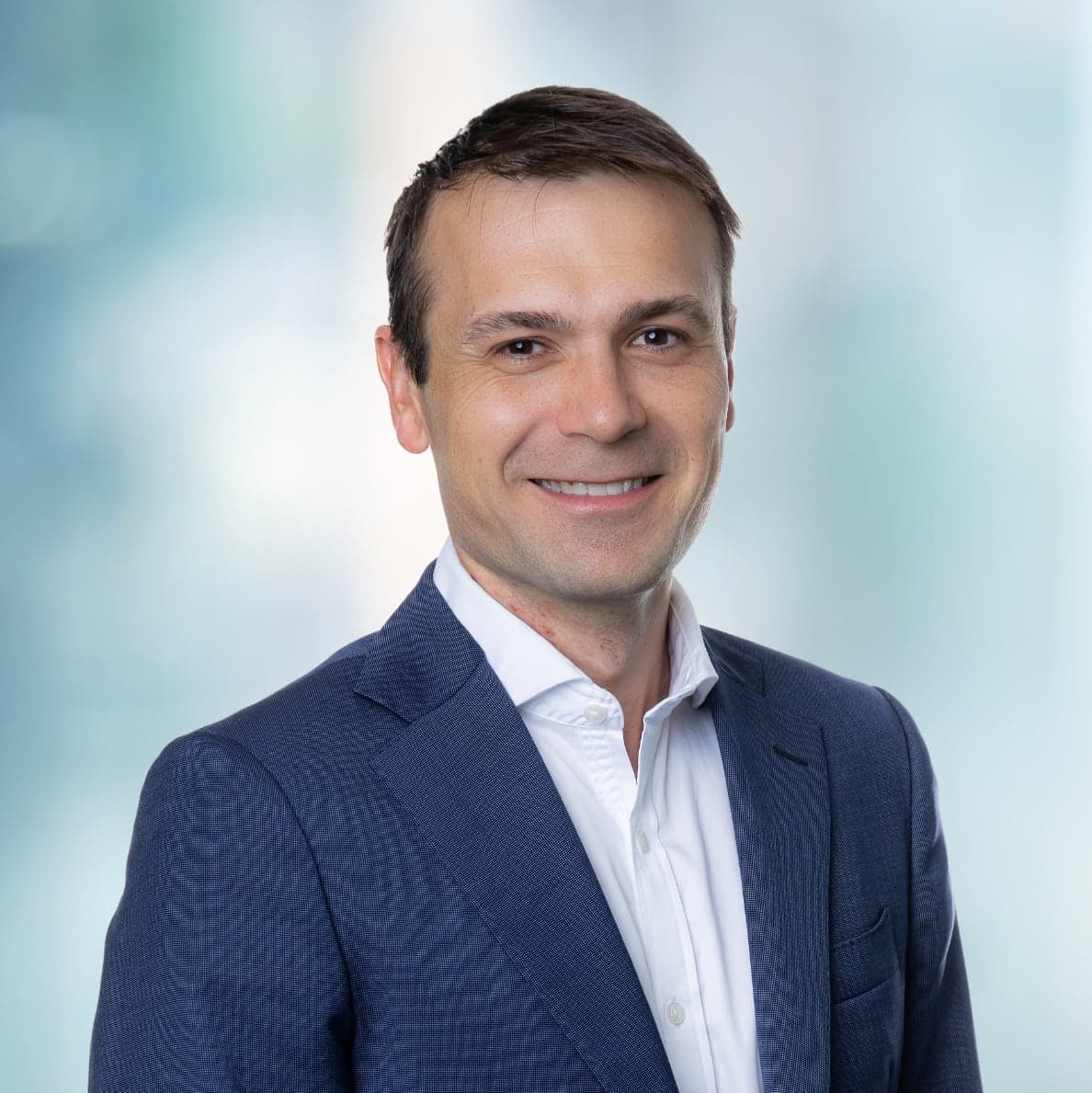In some patients with large gluteal tendon tears, surgery can be performed to improve pain and function.
Traditional methods of repairing the tendon back to the bone with sutures have had a high failure rate, due to weakness of the repair and the large forces which go across the tendons when the patient mobilises.
The gluteal tendon can also be repaired with a synthetic LARS augment. This technique was pioneered and popularised by our own Mr Greg Janes and researched heavily by the director of our research institute, Dr Jay Ebert. The LARS technique uses a synthetic ligament to strengthen the repair of the gluteal tendon back to the bone, allowing early mobilisation and weight bearing following the surgery, protected with crutches. Generally, patients will be on crutches for six weeks after this operation to allow time for the tendon to heal. Once the tendon has healed, extensive strengthening and rehabilitation is required to rebuild the strength in the gluteal muscles and improve walking and pain.
In some patients who have had gluteal tendon tears for a long time, the muscle attached to the torn tendon deteriorates and undergoes a process called fatty atrophy. Outcomes for repair of the tendon in such patients are much less reliable.







